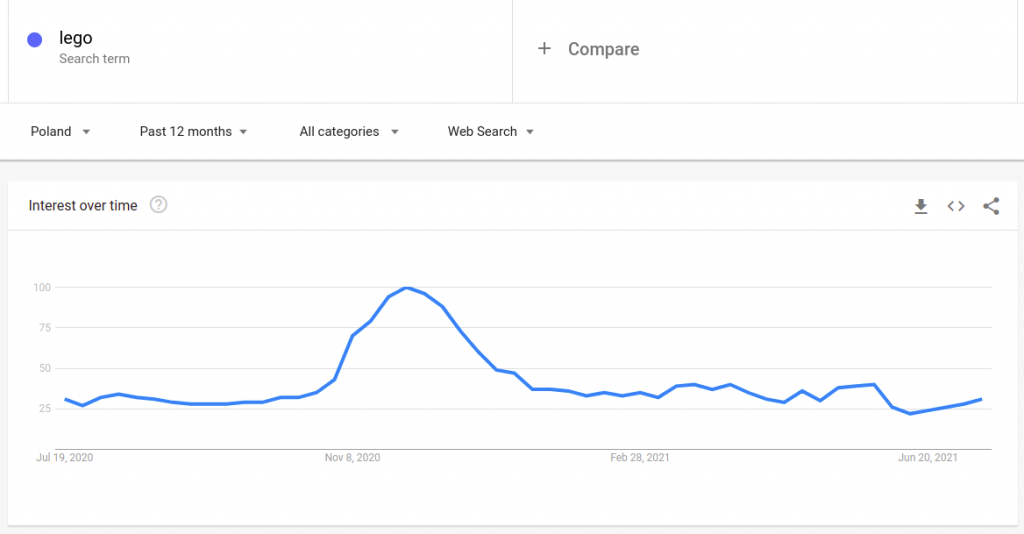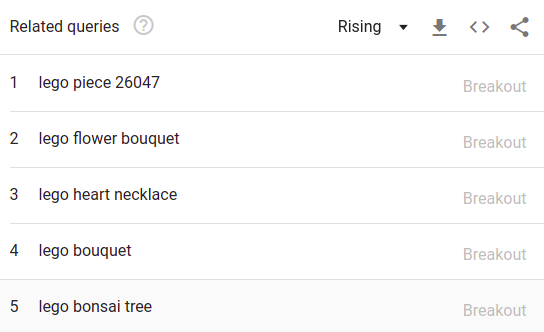Sales automation in a webshop
- 10 August 2021
Technology enables the automation of many repetitive and time-consuming processes in business. Today, it’s hard to imagine manually checking the same data in multiple sources every day or sending emails about the order status to every shopper. Automation of such processes guarantees:
- Time savings – thanks to automation, employees can spend more time on tasks critical to their role. Currently, a large portion of the workday is spent on activities that are not core – for example, sales reps typically spend less than 36% of their time actually selling, according to Forbes.
- Reducing the risk of human error – mistakes happen to everyone. Less frequently to algorithms, though. Automation helps increase data quality by reducing the risk of human error (for example, misspelling one digit).
- Better data structure – automation forces structure. Thanks to it, analyzing and aggregating data becomes easier.
How, then, can online stores use automation? What processes can they simplify?
Automating market data collection
In my opinion, the most impactful thing was the technology used in the retail market that has completely changed the game. E-commerce, even 5 years ago, was different than today. Real-time data and big usage of data in retail are things that weren’t even there a few years ago (or weren’t truly used, even if they were available on the retailers’ sites). Today, retailers cannot make any decision without data anymore.
This is what Francesco Donato, Pricing Director at SSI Schäfer Shop GmbH, said about the importance of data in e-commerce in an interview for Dealavo. Data-driven decision making is an increasingly popular topic, and data is becoming more and more available – especially when you can acquire it in an efficient way, without wasting time searching through millions of data records. Here’s a look at a few of the most important types of data and tools that enable automation of its gathering:
Collect competitor pricing data automatically
A typical webshop isn’t a monopolist. It means that customers compare its offer with different online stores. As shown in the report on competition on Google Shopping, Amazon and Idealo, the average number of offers for a single product on Google Shopping UK is 19, while on Amazon UK and Idealo UK – 7. In order to encourage customers to buy, the store must take into account the competing offers. The analysis can result in:
- Increasing prices and margins – when the store has no competitors or other webshops offer the products at significantly higher prices;
- Increasing sales by lowering prices – it is a popular strategy especially in situations when a small reduction in prices results in a significant improvement in listing positions on platforms such as Amazon or Idealo;
- Optimize marketing activities – by better understanding the competitive advantages.
You can learn more about it in the articles on our website:
What is a price monitoring tool for online stores?
Competitor price tracking and monitoring
And also from the free ebook:
Collecting the data about your store’s reputation and position
What do customers think about your store?
Are you showing up in search results for the key phrases for your business?
These are elements that have a big impact on store sales, so collecting this data is essential. It is worthwhile to use tools that will do the work automatically – then, you “only” need to analyze it and draw conclusions.
In order to monitor reviews about your store and follow your customers’ feedback (expressed not only in comments, but also e.g. in blog posts or on Twitter), it is worth using social listening tools. One of them is Brand24, which allows you to track mentions in a clear application and receive alerts about the most important ones directly to your email inbox.
PS We also use this tool – you can read about it in the case study on the Brand24 website: How does Dealavo use Brand24 to know their customer’s and reader’s feedback?
To monitor how your store ranks for the most important keywords, you should first identify the phrases that are key for your business. If you sell toys – it may be the phrase “toys for children” or “lego sets”.
After identifying the most important keywords, you should include them in a tool that will automatically inform you about the average position of your domain for a given keyword. Examples of such tools are Semrush and SeoStation – they allow tracking the position on key phrases every day, as well as checking the average position over a period of time, such as a month.
Gathering information about popular products
How to find out what products are popular on the market without conducting exhaustive market research and browsing your competitors’ websites?
First – you can check the popularity of particular keywords in such tools like Google Trends. Thanks to the charts, you can understand whether a product is gaining or losing popularity:

Then you can have a look at related phrases and their popularity:

You can also check your competitors’ offers to make sure you don’t miss any relevant products in your portfolio. How to check it without browsing your competitors’ websites for hours? One way to do this is to order a Competitor’s Assortment report, in which you will receive information about products found on your competitors’ websites, broken down into product categories. You will also find out at what are their prices, which may help you decide whether it is worth having the product in your own offer as well.
Customer Journey automation on the store’s website
Taking care of a high-quality customer experience on your website is key to increasing conversion rates. Customers want to find the products they’re looking for as quickly as possible and then make a seamless payment. How can automation help with this?
Chatbots – automating the contact with customers
Every customer is unique, but many of them ask similar questions. And that’s why you can automate answering them. Tools such as AI Chatbot offered by InteliWISE serve this purpose. The system answers typical questions. I there is a need to contact someone from the Support team, she or he is notified. This solution increases the efficiency, as it reduces the time spent answering the same questions (e.g. “How much is the delivery cost?”). What’s more, the customers receive answers to their questions faster and 24/7 – not only during the working hours.
Marketing automation and personalized offering
How to increase the average order value (AOV) in your webshop? Offer those products that a customer is likely to be interested in. Someone has just added a swimming suit to the shopping cart? Suggest adding swimming goggles or a beach towel, not mountain boots.
How can you do this automatically?
Marketing automation tools, such as SALESmanago or Hubspot, serve this purpose. They enable you to personalize the customer journey on your website and to send personalized emails and notifications that can increase both customer satisfaction and your sales.
After-sales service
Once the customer makes a purchase, you should let them know that his order was accepted and is being processed. Then, you should keep him updated on the status of the delivery. Doing it manually would be extremely inefficient – that’s why it’s worth using automation here as well. Tools such as Quickbooks or Webgility serve this purpose.
Automated Pricing – Repricing (Dynamic Pricing)
Price monitoring, which we mentioned earlier, is only the first step in implementing the pricing strategy. The second is to change prices appropriately, depending on the current market situation.
However, changing prices does not have to involve manual adjustments of each product’s price. Instead, you can try an automated pricing tool, such as Dealavo, which will adjust prices based on predetermined rules. For example, you can set a rule which will price a product to be always in the TOP3 on Idealo (provided the minimum margin of x%). The prices will be adjusted in such a way as to ensure maximum profit all the time.
If you don’t want to implement full automation, you may also decide on a semi-automatic option. The optimal prices are then calculated in the tool but are not implemented automatically – instead, a person responsible for pricing should accept them before . You can learn more in our article about repricing for online shops.